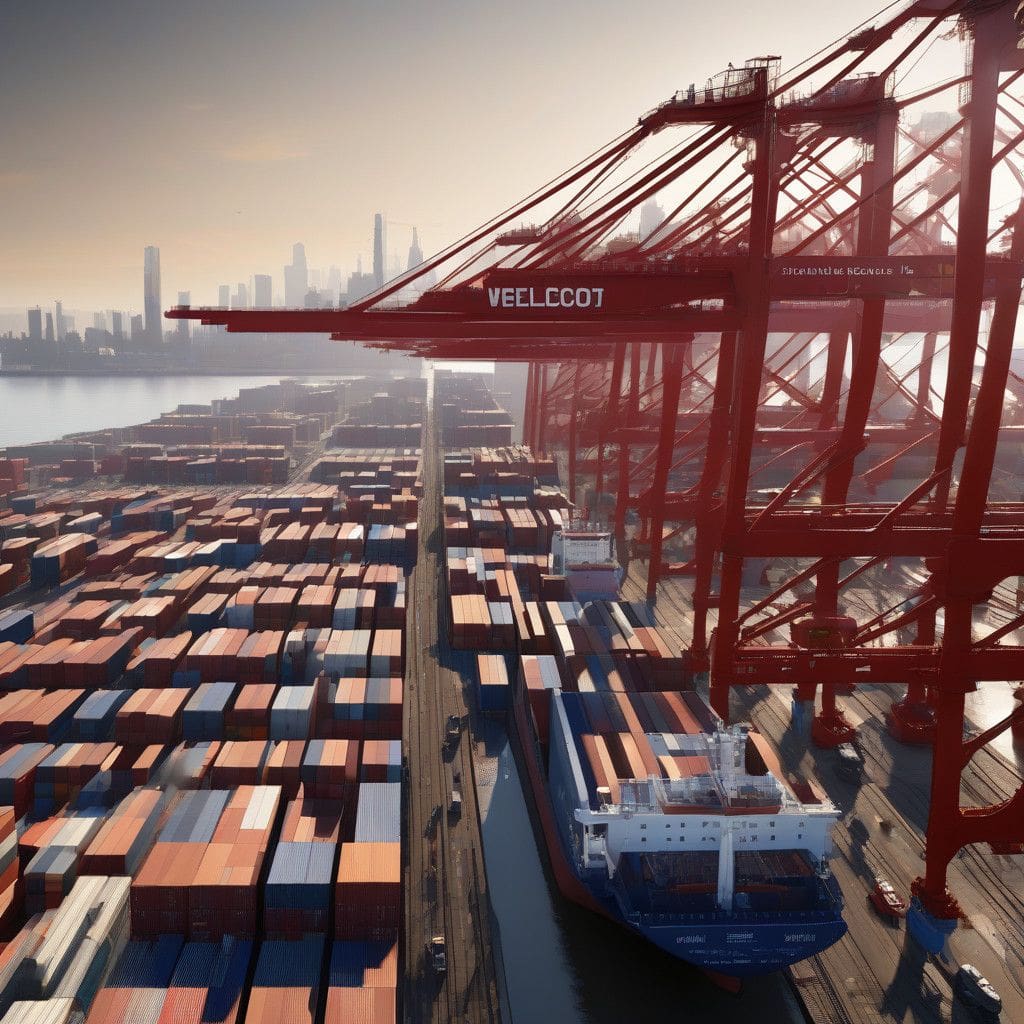The temporary resolution of the dockworkers’ strike at US East and Gulf Coast ports marks a pivotal moment for the retail industry, especially as the holiday season approaches. The International Longshoremen’s Association (ILA) recently announced that dockworkers have agreed to suspend their strike until January 19, allowing cargo operations to resume while negotiations on a new labor contract continue.
Strike and Its Immediate Aftermath
The strike, which began on October 1, resulted in significant disruptions across the ports involved, including closures from Houston to Miami and as far north as Boston. This span represents over 50% of the apparel and accessories imported into the United States. Retailers have felt the strain as dozens of ships, loaded with goods, anchored off major hubs like New York and Virginia, unable to unload their cargo.
Scott Cowan, the president of ILA Local 333, confirmed the end of the strike and expressed optimism regarding the contract negotiations. The agreement includes a notable wage increase of 61.5% over the next six years, alongside provisions that aim to protect workers from the automation of their jobs—a crucial point given the ongoing shifts toward technological solutions within the supply chain.
What’s Next for Retailers?
As port operations begin to normalize, retailers are now faced with a critical task. They must quickly strategize on how to manage their inventories in anticipation of heightened consumer demand during the holiday season. With the previous disruption in the supply chain, thorough planning will be essential for businesses aiming to meet customer needs effectively.
Industry analysts point out that retailers must assess their current stock levels, optimize their logistics, and potentially explore alternative shipping routes to mitigate the risks of future disruptions. Companies deeply integrated into the supply chain should also consider investing in technology that allows for greater agility and forecasting capabilities.
The Broader Implications
The recent developments draw attention to the broader implications of labor relations in the retail sector. President Biden’s administration has been actively involved in facilitating negotiations, recognizing that streamlined port operations are critical for economic stability. His statement, emphasizing the significance of cooperation in achieving a lasting resolution, highlights the intricate balance necessary between workers’ rights and business operations.
The labor contract discussions will not only affect the immediate retail landscape but could set a precedent for other sectors as well. With automation increasingly becoming a focal point, these negotiations could influence how various industries pilot advancements while maintaining a workforce that feels secure in their roles.
The Retail Landscape Ahead
Looking forward, retailers will need to navigate the complex landscape that arises from this strike and its resolution. With a projected increase in holiday shopping, ensuring that goods are available and accessible will be paramount. Furthermore, how effectively businesses manage their supply chains and relationships with labor unions could define their success in the coming months.
In conclusion, while the temporary end to the port strike offers relief, it also introduces new challenges for retailers. Companies that can adapt quickly and strategically will stand a better chance of thriving in an environment that is increasingly influenced by labor relations, political pressures, and consumer expectations.












